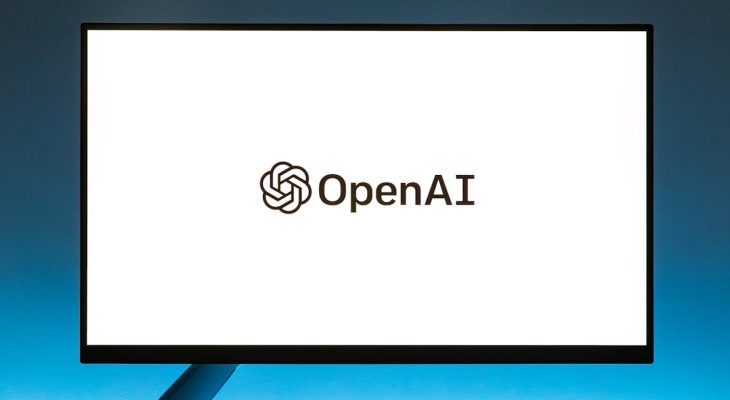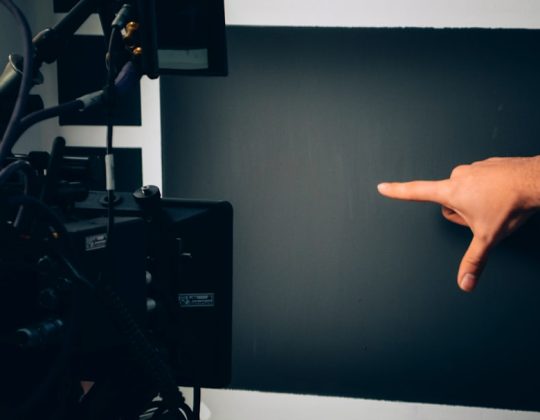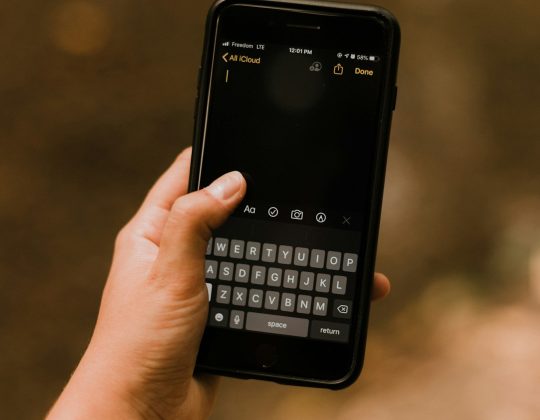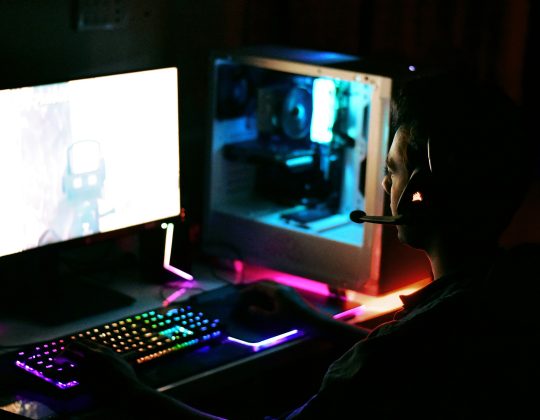In academia and professional writing, maintaining originality is more important than ever. While most people understand plagiarism as copying someone else’s work, there’s another lesser-known form known as self-plagiarism. This occurs when an author reuses their own previously published content without proper acknowledgment. It may sound harmless, but in the world of publishing and research, this can be seen as unethical and even misleading. This raises a critical question: Can plagiarism detectors actually detect self-plagiarism?
Understanding Self-Plagiarism
Self-plagiarism, sometimes referred to as text recycling, involves repurposing your previous work, whether it’s an entire paper or just paragraphs and sections. Common scenarios include:
- Submissions of the same essay in multiple classes
- Reusing data analysis or literature reviews in multiple publications
- Copying content from unpublished drafts into current projects
Although the writer owns the content, institutions and journals often consider republishing the same material without citation a breach of ethical guidelines. This practice can distort the academic record or mislead readers regarding the novelty of the work.
How Plagiarism Detectors Work
Plagiarism detection tools like Turnitin, Grammarly, and Unicheck function by scanning content against a vast database that includes academic papers, internet sources, student submissions, and publications. These tools look for patterns of similarity, not intent.
If a paragraph in your new submission is identical or highly similar to a previously scanned or submitted paper, the detector will flag it. But here’s where it gets interesting—
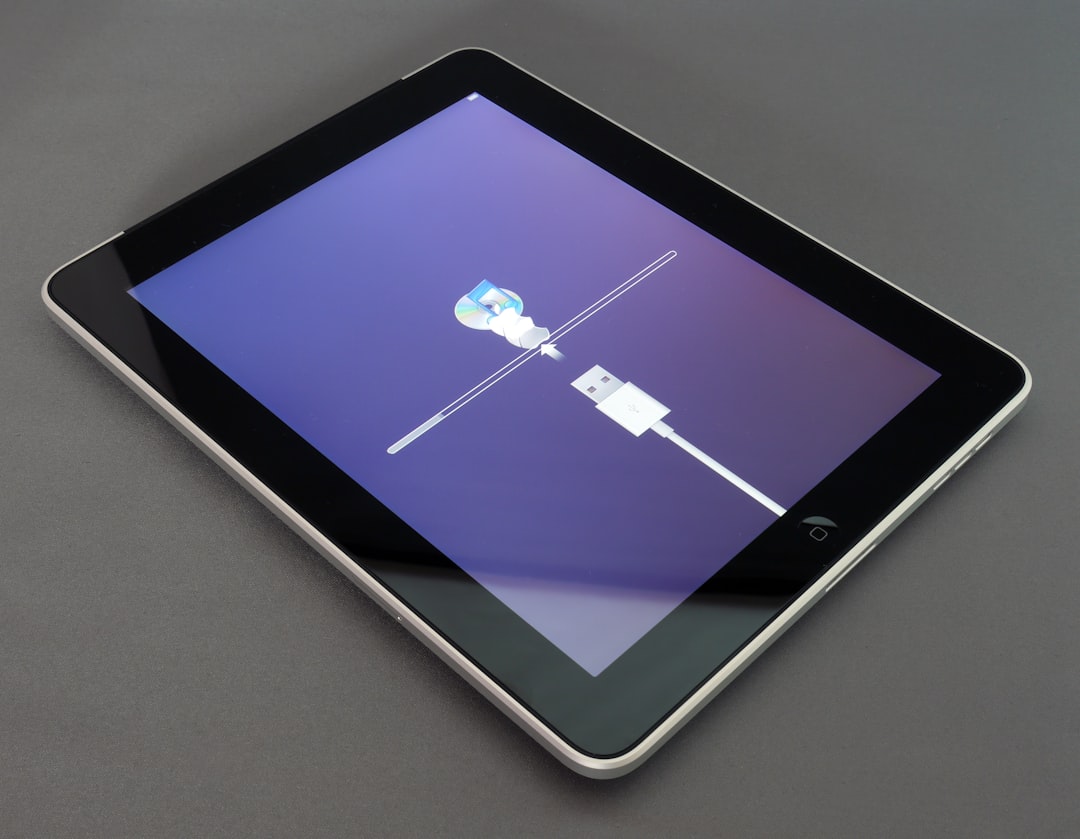
Detecting Self-Plagiarism
Yes, plagiarism detectors can detect self-plagiarism, but with certain conditions. Detection depends largely on accessibility and data inclusion. Consider the following:
- Previously Submitted Work: If you’ve submitted a paper to a database connected to a tool like Turnitin, your past work becomes part of its database. Reusing that content in a new paper could trigger a match.
- Institutional Databases: Many universities contribute student submissions to centralized plagiarism detection databases. This means a student’s own previous assignments can flag in new submissions as plagiarized content.
- Published Work: If you’ve published journal articles or blog posts online, detectors can search public repositories and flag matches from your own published materials.
However, if the prior content was never digitized or submitted through a detection tool, it’s much less likely that self-plagiarism will be identified automatically. In such cases, the onus lies with peer reviewers or professors to manually notice duplicate content.
Limitations of Plagiarism Tools
While these systems are powerful, they aren’t infallible. Here are some limitations when it comes to spotting self-plagiarism:
- Paraphrased Content: Moderate rewording can often bypass detection algorithms.
- Private Documents: If your previous work isn’t part of a shared or institutional database, it might go undetected.
- Non-Academic Content: Self-plagiarism in less formal environments, such as blogs or freelance writing, may not trigger alerts unless those platforms have open access to search engines.
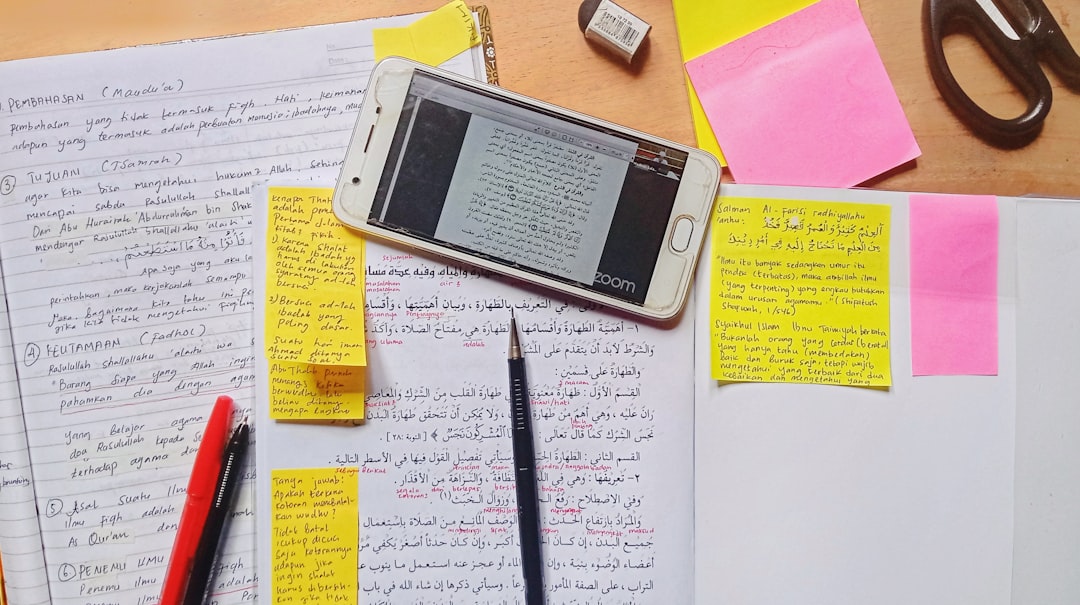
Best Practices to Avoid Self-Plagiarism
If you’re revisiting previous research or ideas, it’s best to proceed cautiously. Here are a few recommendations:
- Cite Your Previous Work: Even if you’re quoting yourself, give proper attribution to your earlier content, especially in academic settings.
- Consult Institutional Policies: Universities and publishers often provide clear guidelines on what qualifies as self-plagiarism.
- Combine and Reframe Ideas: Rather than copy-pasting, summarize or expand on past insights with fresh analysis and framing.
Moreover, many detectors now offer detailed reports that can help authors spot potential overlaps early. Before final submission, it’s advisable to run drafts through detection tools to catch unintentional repetition.
Conclusion
In summary, while plagiarism detection tools were initially designed to catch content copied from others, they are increasingly capable of identifying self-plagiarism—especially when previous works are part of their searchable databases. To maintain academic integrity, it’s crucial to understand when and how to reuse personal material responsibly.
Whether you’re a student, researcher, or content creator, being aware of how plagiarism detectors operate empowers you to produce original, ethical work in all your writing endeavors.




